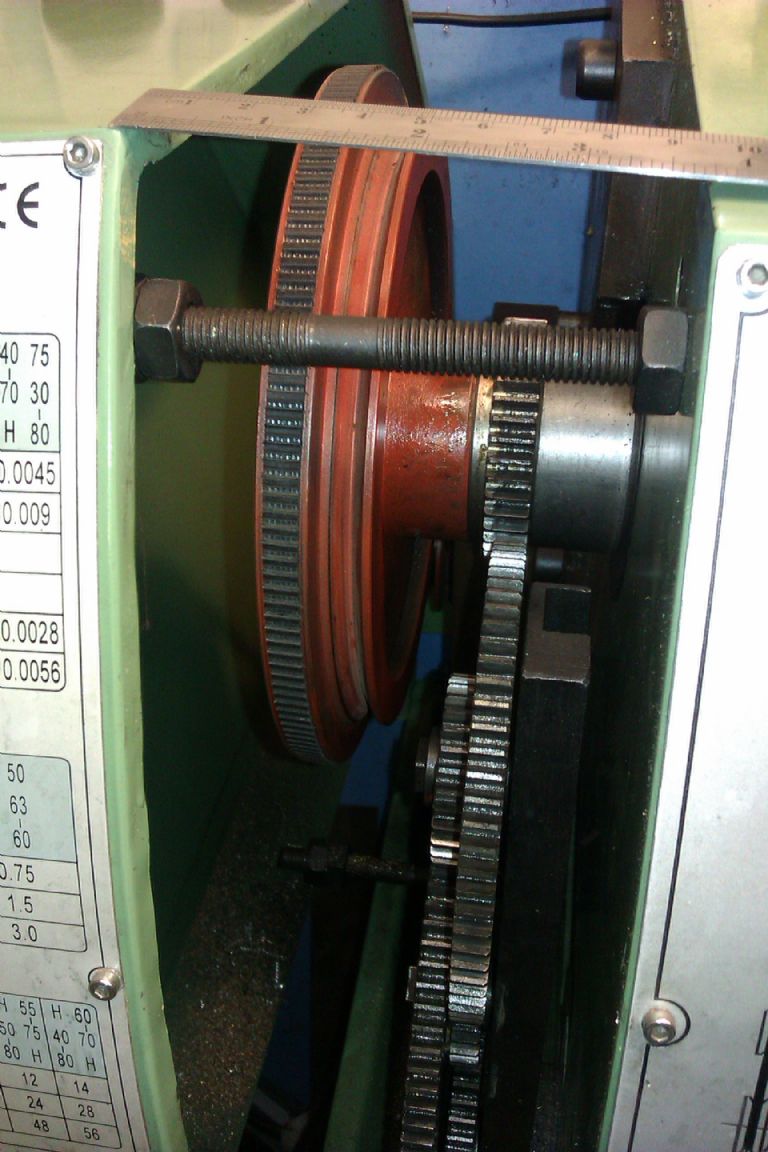understanding lathe change gears
understanding lathe change gears
- This topic has 15 replies, 7 voices, and was last updated 10 December 2018 at 17:53 by
Brian Wood.
Viewing 16 posts - 1 through 16 (of 16 total)
Viewing 16 posts - 1 through 16 (of 16 total)
- Please log in to reply to this topic. Registering is free and easy using the links on the menu at the top of this page.
Latest Replies
Viewing 25 topics - 1 through 25 (of 25 total)
-
- Topic
- Voices
- Last Post
Viewing 25 topics - 1 through 25 (of 25 total)
Latest Issue
Newsletter Sign-up
Latest Replies
- Big Vise, go big or go home
- Softening epoxy
- Myford VMB mill, head lift.
- End Mill Sharpening Jig
- Emco Compact 5 Modifications
- Thread form of medical ‘screws’.
- Alternatives for a DRO display change
- The Latest INDEX to Model Engineer & Workshop (Also past issues of MEW)
- Parting off on a mini lathe
- Folding Knife





